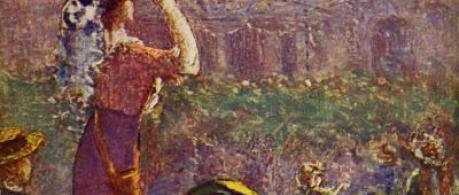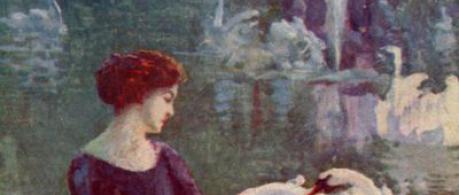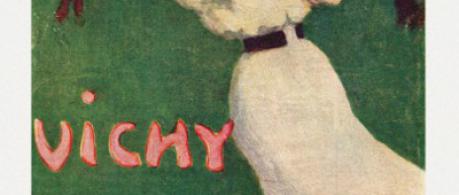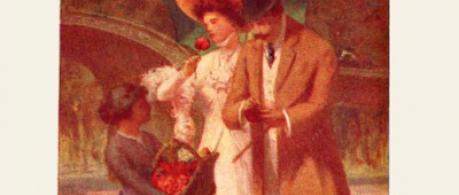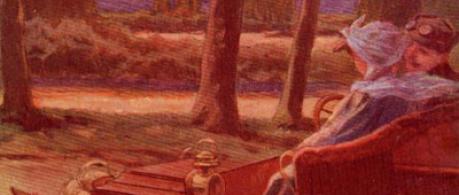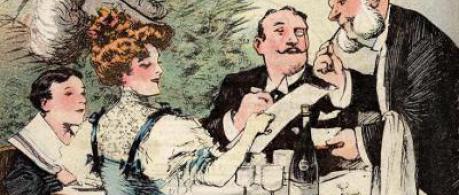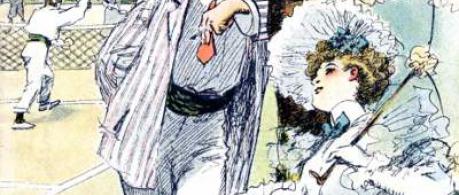The Belle Époque in Vichy The largest thermal spa in the world.
In the 19th century, two emblematic buildings, the Thermal Spa and the Casino (built during the Second Empire), symbolize the thermal spa culture of Vichy in France, uniting health and pleasure.
Thanks to favorable economic circumstances and a period of political stability, the growth in the number of visitors to Vichy was uninterrupted, from 26,000 visitors in 1872 to 108,000 in 1913. Vichy became therefore the "Queen of the Thermal Cities."
If drinking mineral waters is a classic part of the spa experience, thermal techniques have evolved: the ancient practice of taking thermal baths has gradually given way to more active shower treatments. The range of treatments has grown (thermal gas showers and baths, inhalation, sprays, gargling, steam baths, etc.). Combining massage and thermal techniques, the renowned "Vichy shower" was perfected in 1896.
With the opening of the "world's largest thermal spa" in 1903, Vichy adopted medical techniques to increase the effectiveness of its thermal treatments, giving rise to electrotherapy and mechanotherapy. This push for innovation led to the discovery of a central truth: physical exercise contributes to the effectiveness of the spa treatment. Henceforth, physical activity, including gymnastics, fencing, tennis, and golf, has become a key component of the thermal spa experience.
During this prosperous cultural period when France shed its bright light of civilization all over the world, Vichynot only benefited, but it also played an active role. A client base from all walks of life and from all social classes was attracted to Vichy by its rich artistic and musical offerings.
Retrospective


